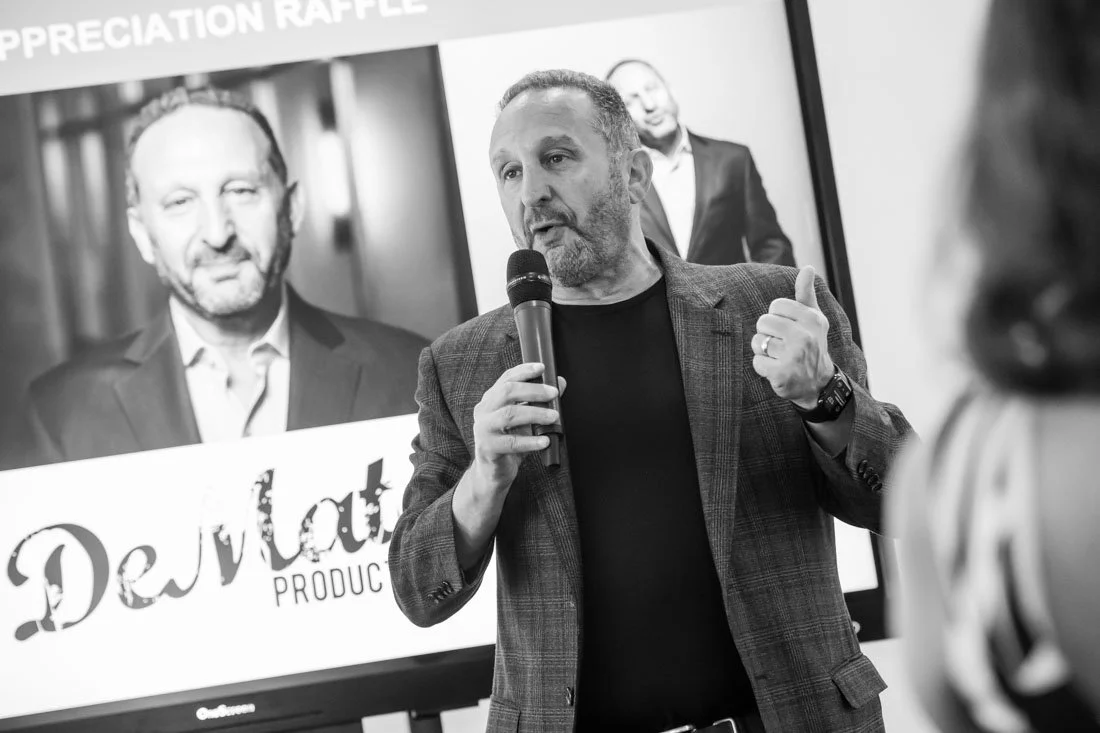Cutomize your slide deck visuals
When thinking about investing in a portrait session, usually the motivation to pull the trigger stems from the expert’s need to update their website and add more imagery into their social media content.
And both are very good reasons.
But, the way in which you leverage your visual assets don’t simply begin and end with those two needs.
During a recent strategy call with a speaker client, he mentioned that the reason why he scheduled the session was because he wanted to, surprise surprise, update his website photos and get a better collection of assets to share with his social media posts.
I then asked him a simple question:
Where else do you use visual assets?
After pausing for a couple seconds, he mentioned that his keynote slide deck is packed with photos, as well.
He made a point of telling me that the vast majority of them were licensed stock photos.
I followed up with another question:
Would it be possible to replace some of those stock photos with actual photos taken during your session?
At first, he said no, because many of them are of objects that relate to his area of expertise, either literally or metaphorically, and replacing them with portraits wouldn’t make sense.
I agreed…and then pointed out that his portrait session doesn’t necessarily need to involve every photo of him.
In that moment, it was as if a lightbulb turned on in his head. He didn’t realize that he could bring props and other objects to be photographed during the session.
For the next 10 minutes, we dove into his keynote and brainstormed different types of props he could pack in his bag to be photographed.
The best part?
Rather than using a stock photo where the prop had no connection to him whatsoever, the updated photos would be of props that he actually owned, meaning that there is more personalized connection to the way he conveyed his message visually.
The point here is that when you’re thinking about ways to leverage your time with a professional photographer, think beyond the big needs and drill down to discover other areas within your business and brand that could use a fresh set of photos.
It’ll make your investment far more valuable.


